Dominique Lévy's new show explores the powerful parallels between two Japanese artists separated by a generation
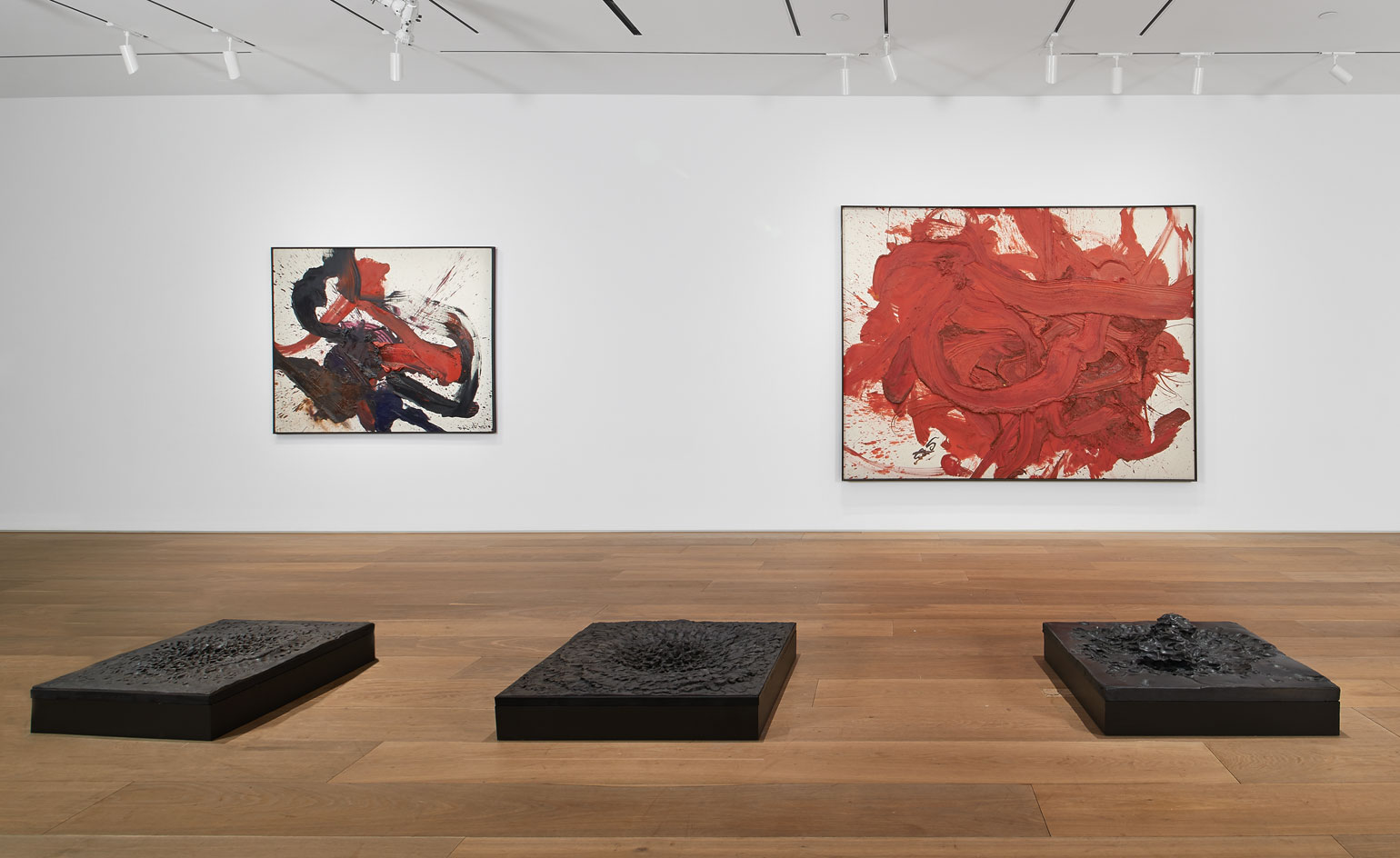
The elusive and the explosive rarely overlap, but when they do, the effect is devastating. It's a recipe for stealthily volatile events such as nuclear meltdowns, sonic booms, and sporadically occurring genetic mutations - the ones on which entire ecosystems may pivot - and it is at violent play in a new exhibition that brings together for the first time the work of Japanese artists Kazuo Shiraga and Satoru Hoshino.
On view through 4 April at New York's Dominique Lévy gallery and curated by Koichi Kawasaki, 'Body and Matter' finds convincing parallels between artists separated by a generation and their approach to the avant-garde (the late Shiraga joined the Gutai movement in 1954, while Hoshino, now 69, was active with the Sōdeisha ceramics group in the 1970s). Both men got down and dirty in their endeavours to break with artistic tradition, developing methods that achieved a purity of expression while revelling in their links to the human body. The roiling abstract canvases of Shiraga and the sooty-yet-lustrous sculptures of Hoshino do not merely expose traces of the artists' hands - or feet or fingers - they pulsate with them.
'In Tokyo in 1955, we find the young Shiraga literally wrestling in clay,' says gallerist Dominique Lévy, referring to the artist's sensational performance piece, 'Challenging Mud'. 'He's creating a sculpture using his body well before any Allan Kaprow happening, well before even Yves Klein uses his body as a living paintbrush in 1961, well before I think anyone.' A few years later, Shiraga was hurling oil paint on the floor and, suspended from the ceiling, manipulating it with his feet to create works such as 'Suiju' (1985), a ruddy crimson fireball that strains against the bounds of its wall-sized canvas.
'I call them performance paintings, because for Shiraga, the canvas was a stage,' says art historian Reiko Tomii, who contributed an essay to the exhibition catalogue, out next month along with a Shiraga mega-monograph that Lévy is publishing in collaboration with Axel Vervoordt Gallery. 'It was a new possibility for painting, going beyond modernism.'
Dotted like a median along the floor of one room of the exhibition is a series of Hoshino sculptures from 1989 and 1990. With titles such as 'Appeared Landscape' and 'Outline of Background IV', they are served up on rectangular slabs of smoked earthenware that have the ominous gleam of obsidian. Yet rather than appear charred, these blackened works come alive with the petal-like indentations created by Oshino's finger as he poked and prodded his forms into being. 'When hands touch clay, transforming it,' the artist has said, 'images begin to fly up around it.'
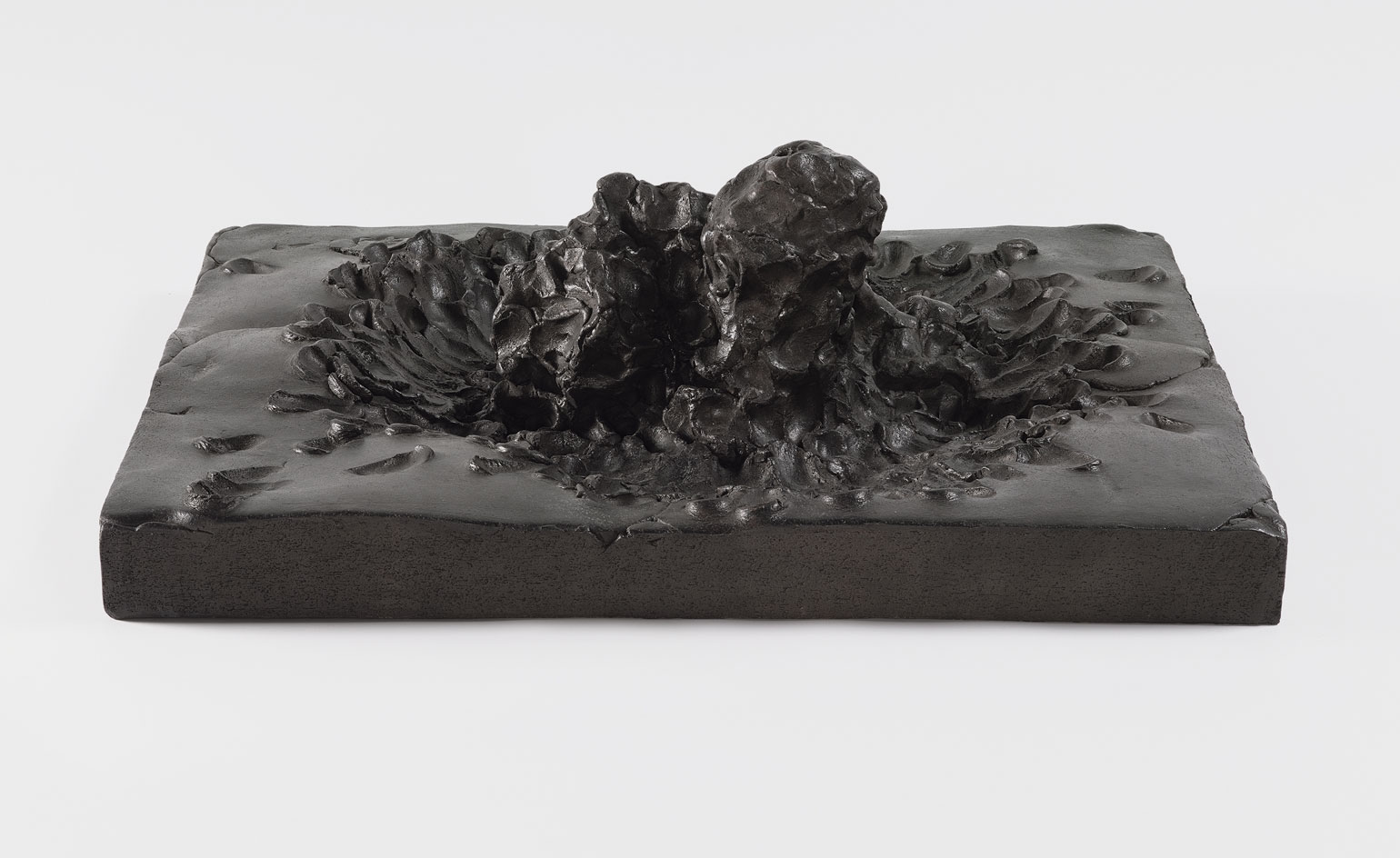
Dotted like a median along the floor of one room of the exhibition is a series of Hoshino sculptures from 1989 and 1990, served up on rectangular slabs of smoked earthenware that have the ominous gleam of obsidian. Pictured is 'Outline of Background IV', by Satoru Hoshino, 1990.
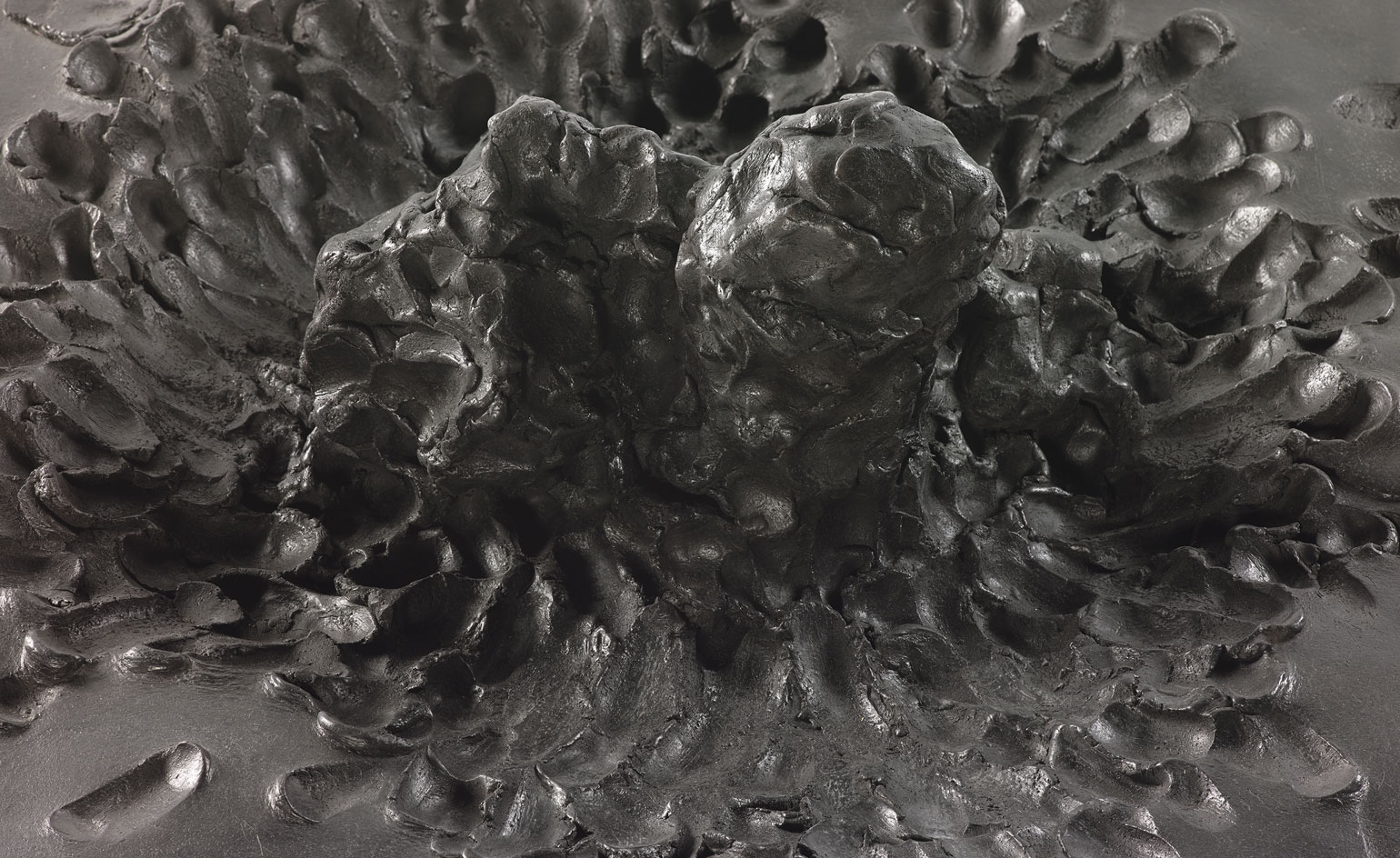
Detail of 'Outline of Background IV', by Satoru Hoshino, 1990. These blackened works come alive with the petal-like indentations created by Oshino's finger as he poked and prodded his forms into being.
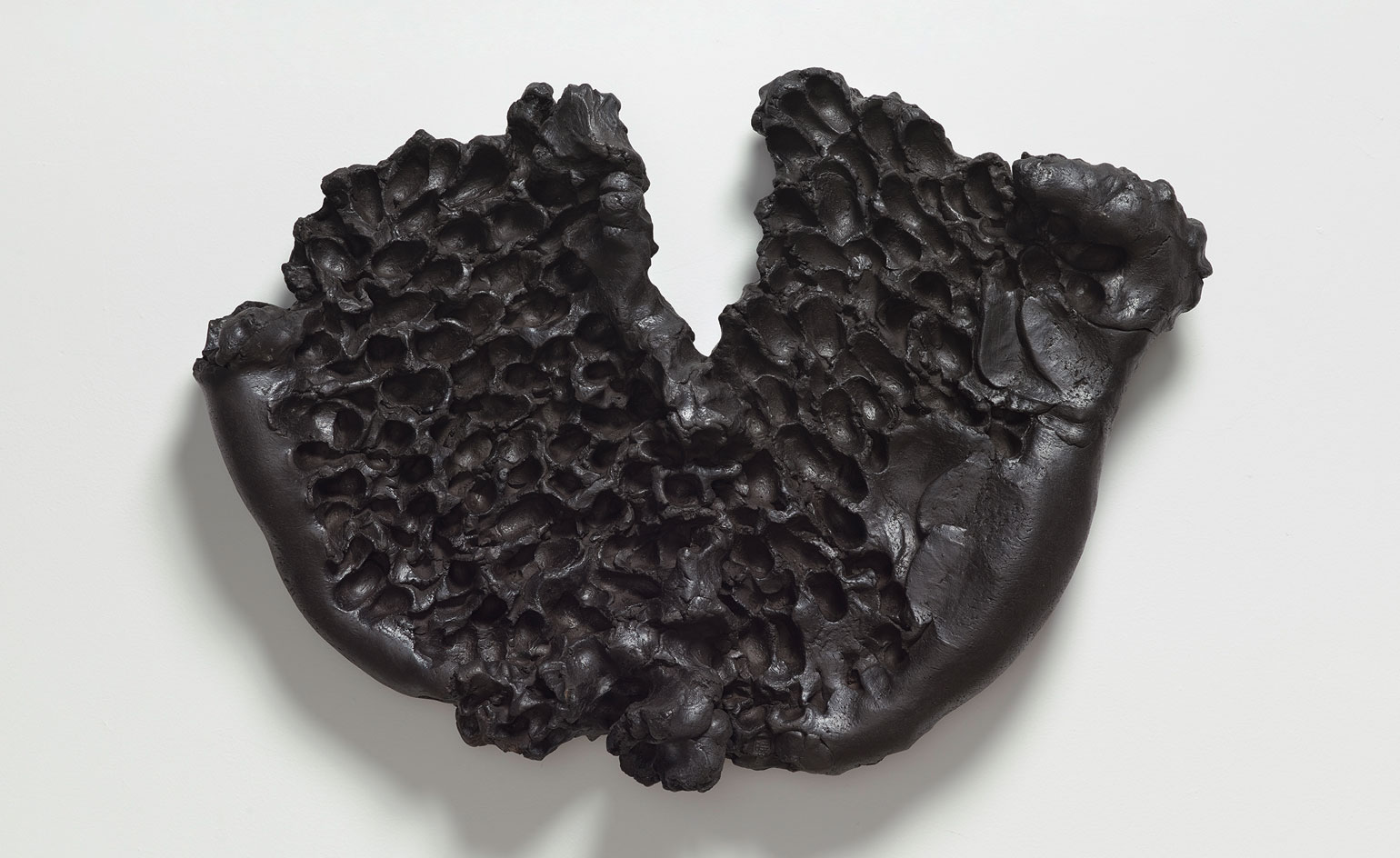
'Surfacing Bird (Flight of W)', by Satoru Hoshino, 1991.
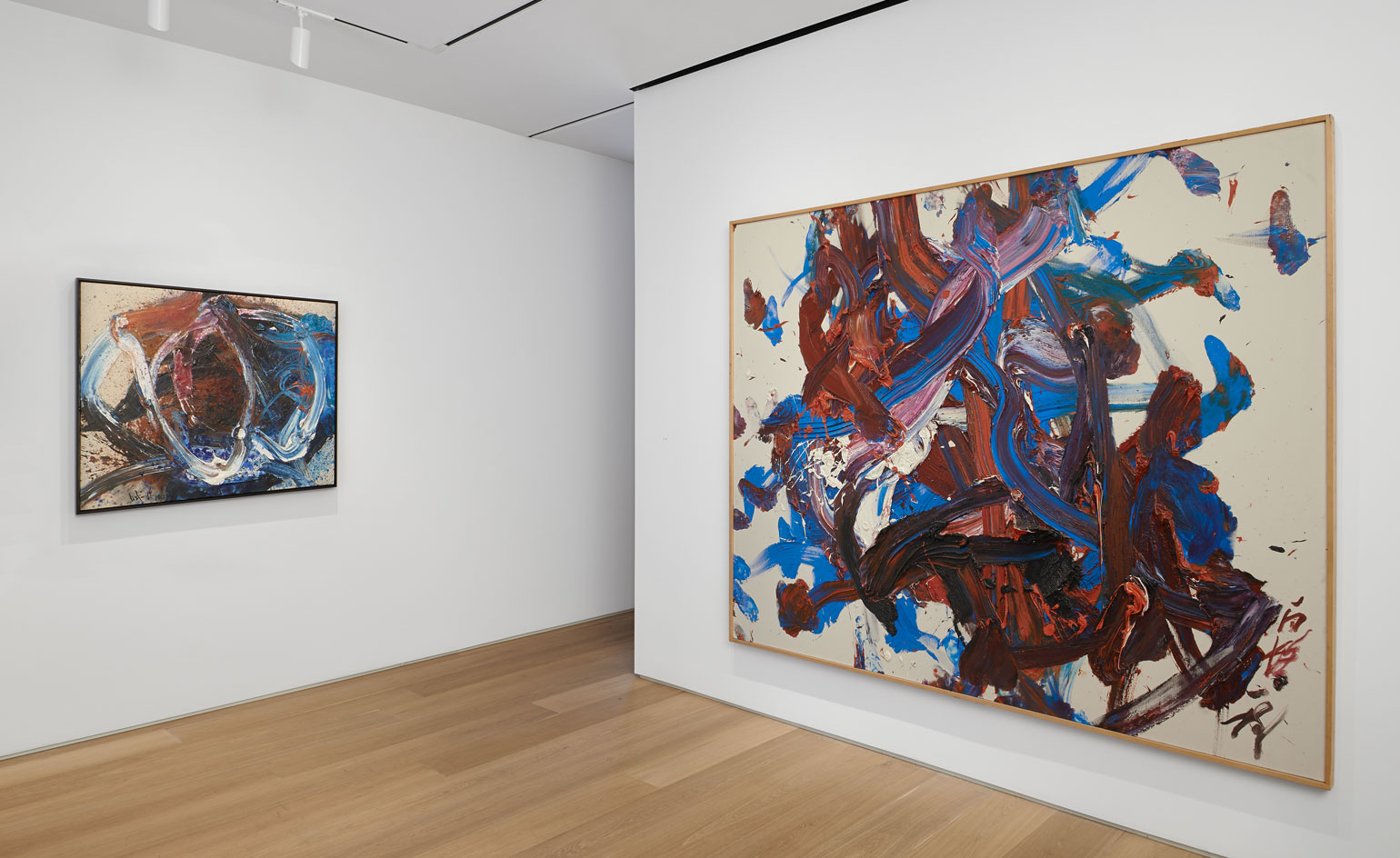
Hoshino's works are juxtaposed with the roiling abstract canvases of Shiraga. Both men broke with artistic tradition, developing methods that achieved a purity of expression while revelling in links to the human body.
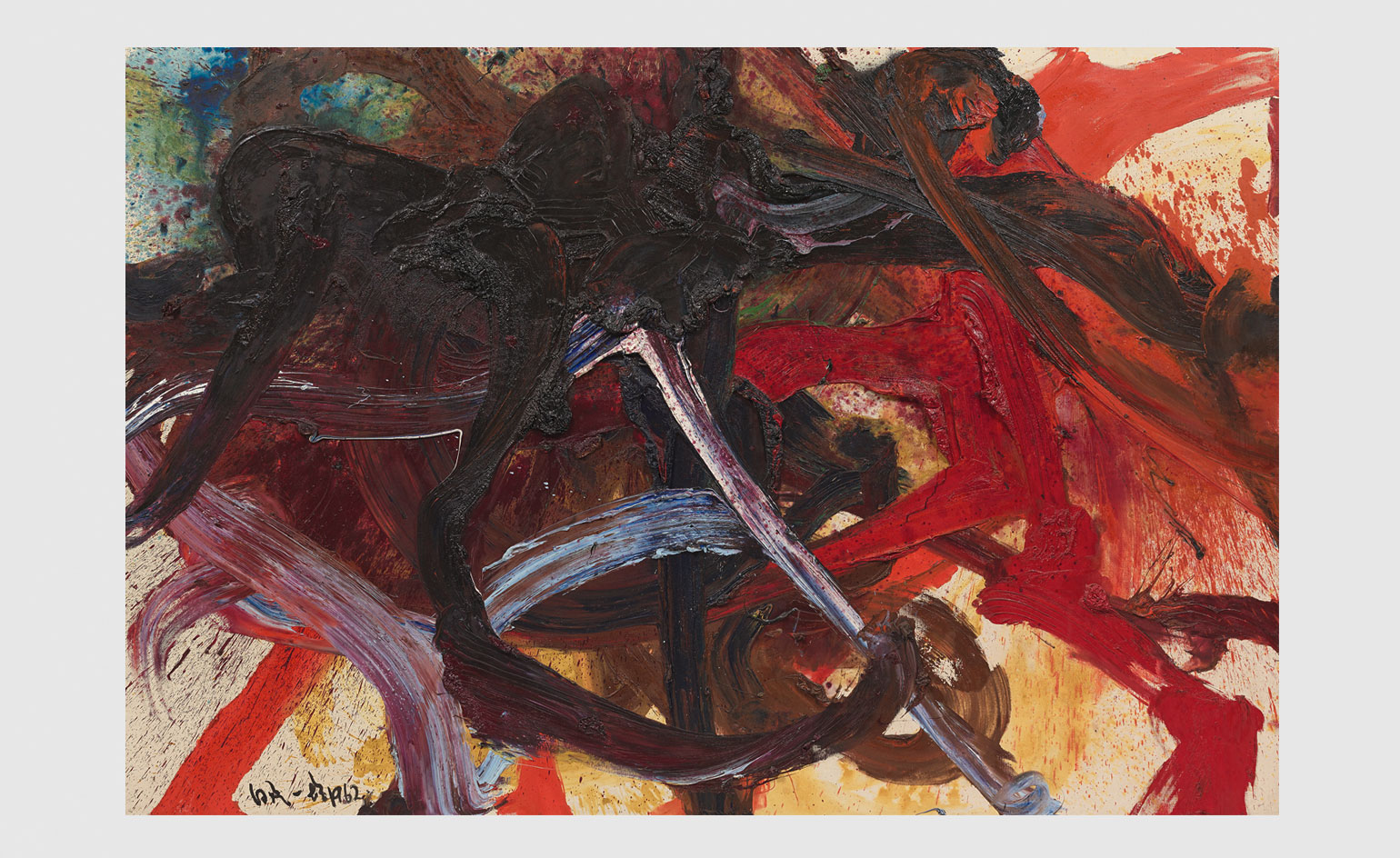
'Tenkosei Kaosho', by Kazuo Shiraga, 1962. Shiraga hurled oil paint on the floor and, suspended from the ceiling, manipulating it with his feet to create his works.
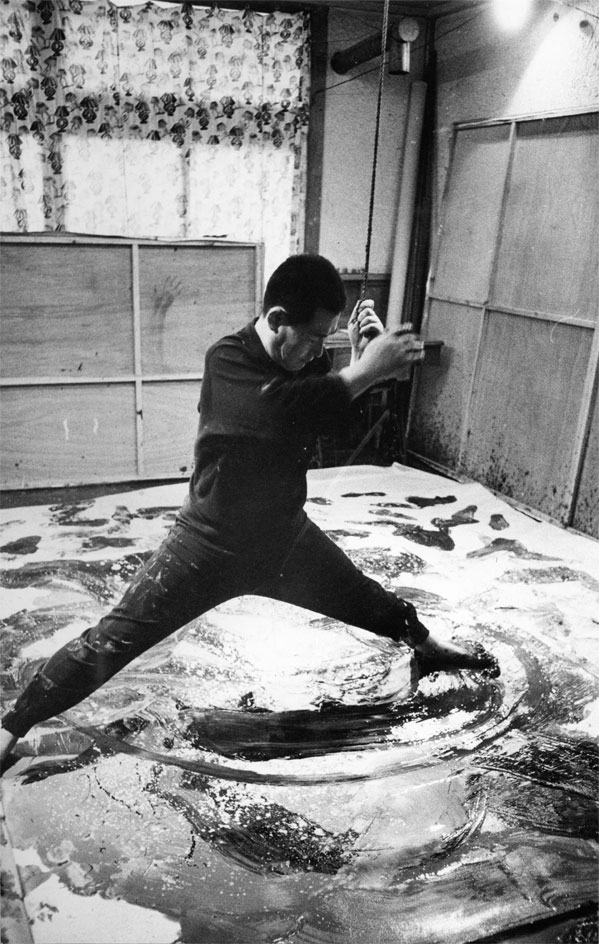
Shiraga, pictured here in his studio in 1960, used his body as a living paint brush.
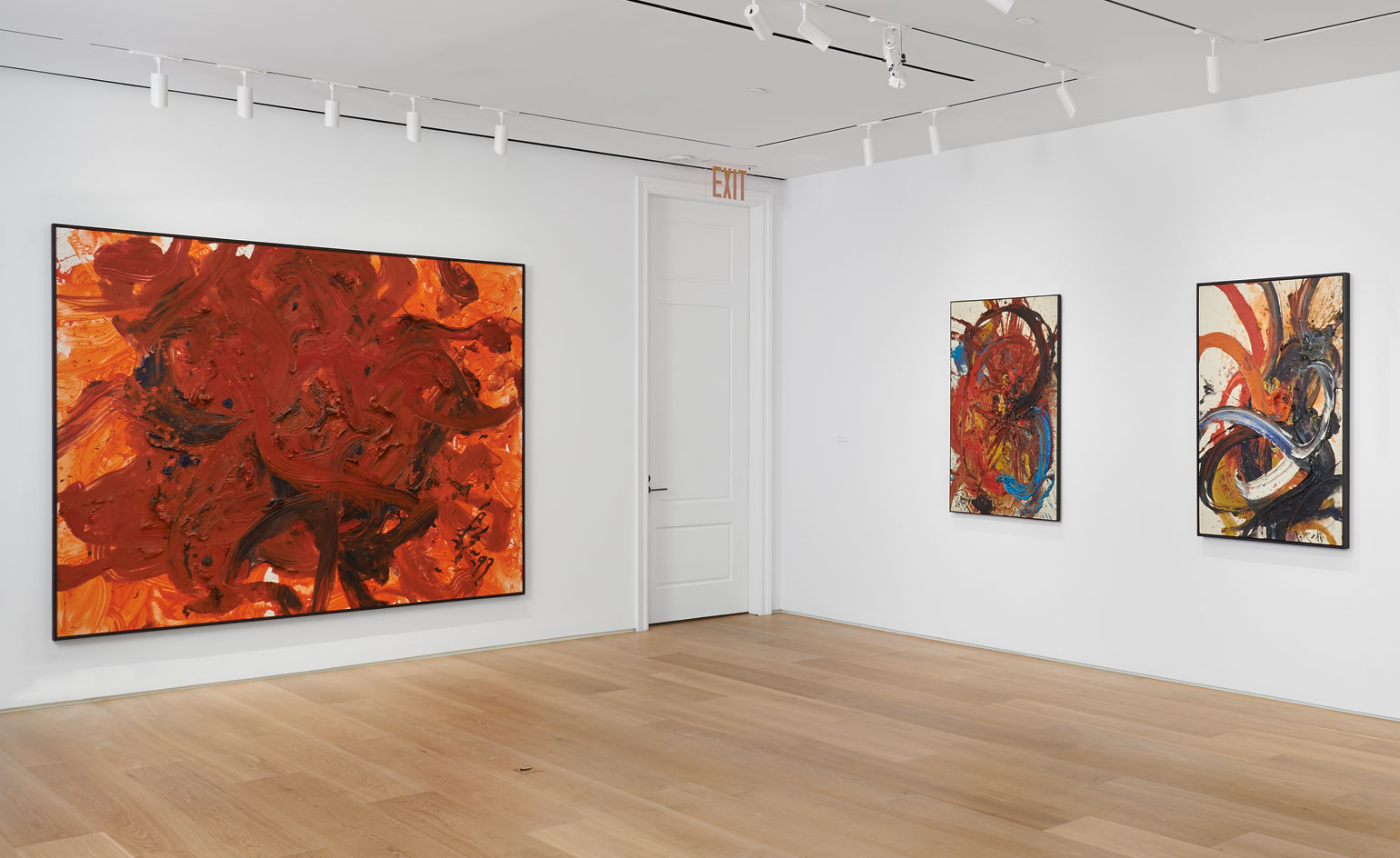
'For Shiraga, the canvas was a stage,' says art historian Reiko Tomii, who contributed an essay to the exhibition catalogue. 'It was a new possibility for painting, going beyond modernism.'
ADDRESS
Dominique Lévy
909 Madison Avenue
New York
NY 10021
United States
Wallpaper* Newsletter
Receive our daily digest of inspiration, escapism and design stories from around the world direct to your inbox.
Stephanie Murg is a writer and editor based in New York who has contributed to Wallpaper* since 2011. She is the co-author of Pradasphere (Abrams Books), and her writing about art, architecture, and other forms of material culture has also appeared in publications such as Flash Art, ARTnews, Vogue Italia, Smithsonian, Metropolis, and The Architect’s Newspaper. A graduate of Harvard, Stephanie has lectured on the history of art and design at institutions including New York’s School of Visual Arts and the Institute of Contemporary Art in Boston.
-
 All-In is the Paris-based label making full-force fashion for main character dressing
All-In is the Paris-based label making full-force fashion for main character dressingPart of our monthly Uprising series, Wallpaper* meets Benjamin Barron and Bror August Vestbø of All-In, the LVMH Prize-nominated label which bases its collections on a riotous cast of characters – real and imagined
By Orla Brennan
-
 Maserati joins forces with Giorgetti for a turbo-charged relationship
Maserati joins forces with Giorgetti for a turbo-charged relationshipAnnouncing their marriage during Milan Design Week, the brands unveiled a collection, a car and a long term commitment
By Hugo Macdonald
-
 Through an innovative new training program, Poltrona Frau aims to safeguard Italian craft
Through an innovative new training program, Poltrona Frau aims to safeguard Italian craftThe heritage furniture manufacturer is training a new generation of leather artisans
By Cristina Kiran Piotti
-
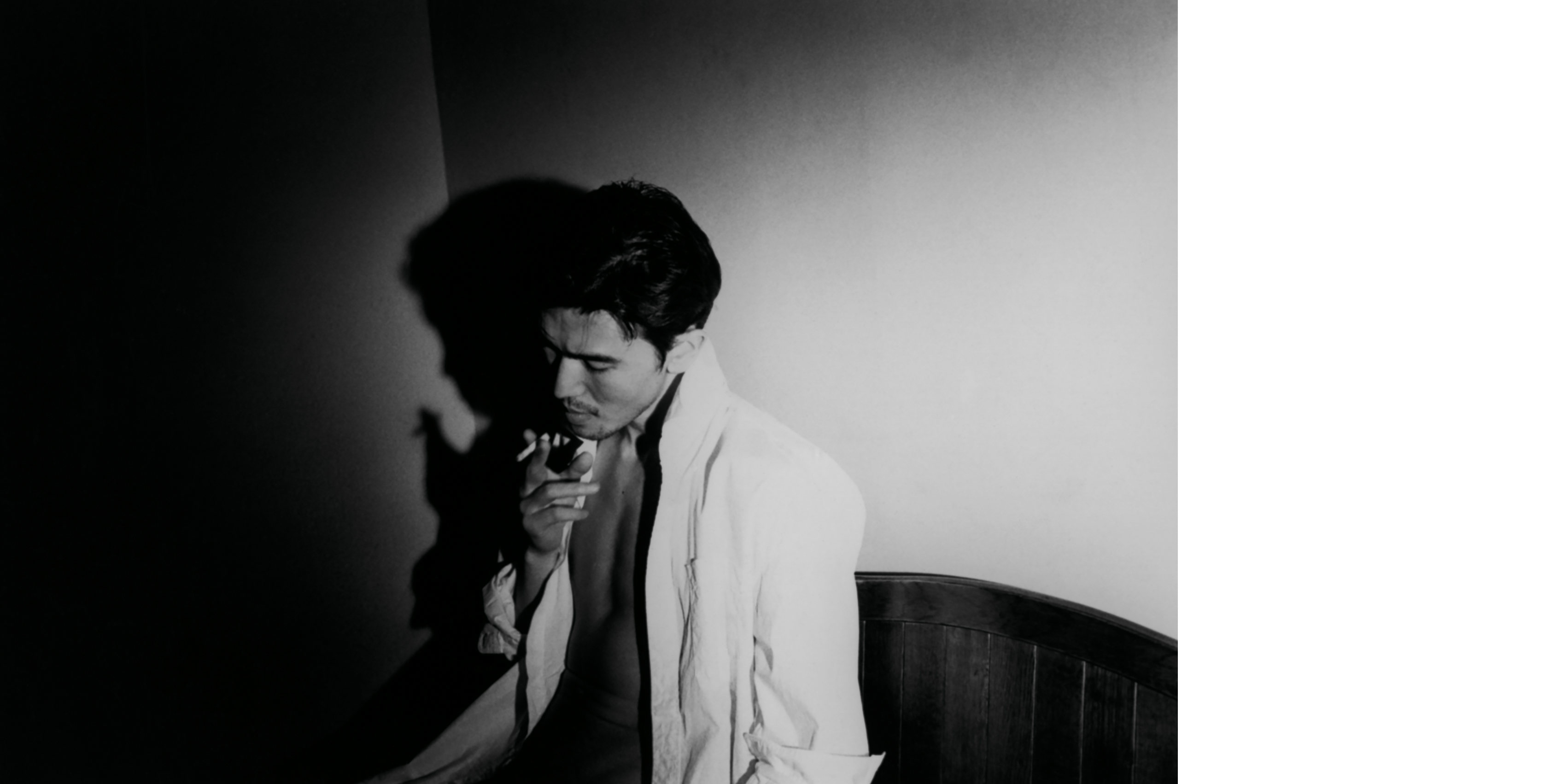 'I’m So Happy You Are Here': discover the work of Japanese women photographers
'I’m So Happy You Are Here': discover the work of Japanese women photographersSubtitled ‘Japanese Women Photographers from the 1950s to Now’, this new monograph from Aperture is a fascinating insight into a critically overlooked body of work
By Jonathan Bell
-
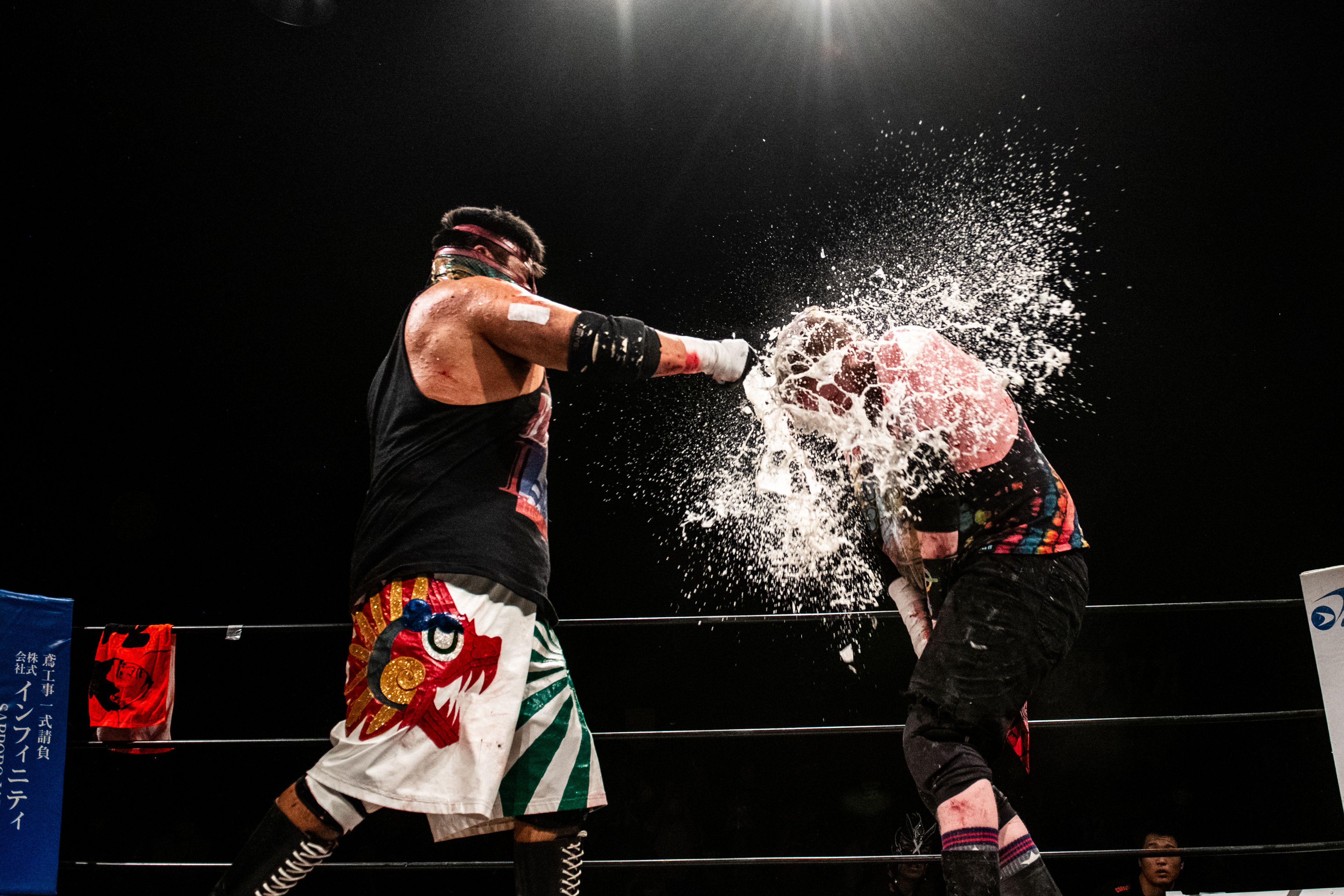 Deathmatch wrestling’s behind-the-scenes moments and bloody glory
Deathmatch wrestling’s behind-the-scenes moments and bloody gloryA new limited-edition book explores the intersection between art and deathmatch wrestling at a sold-out show held in Tokyo
By Anne Soward
-
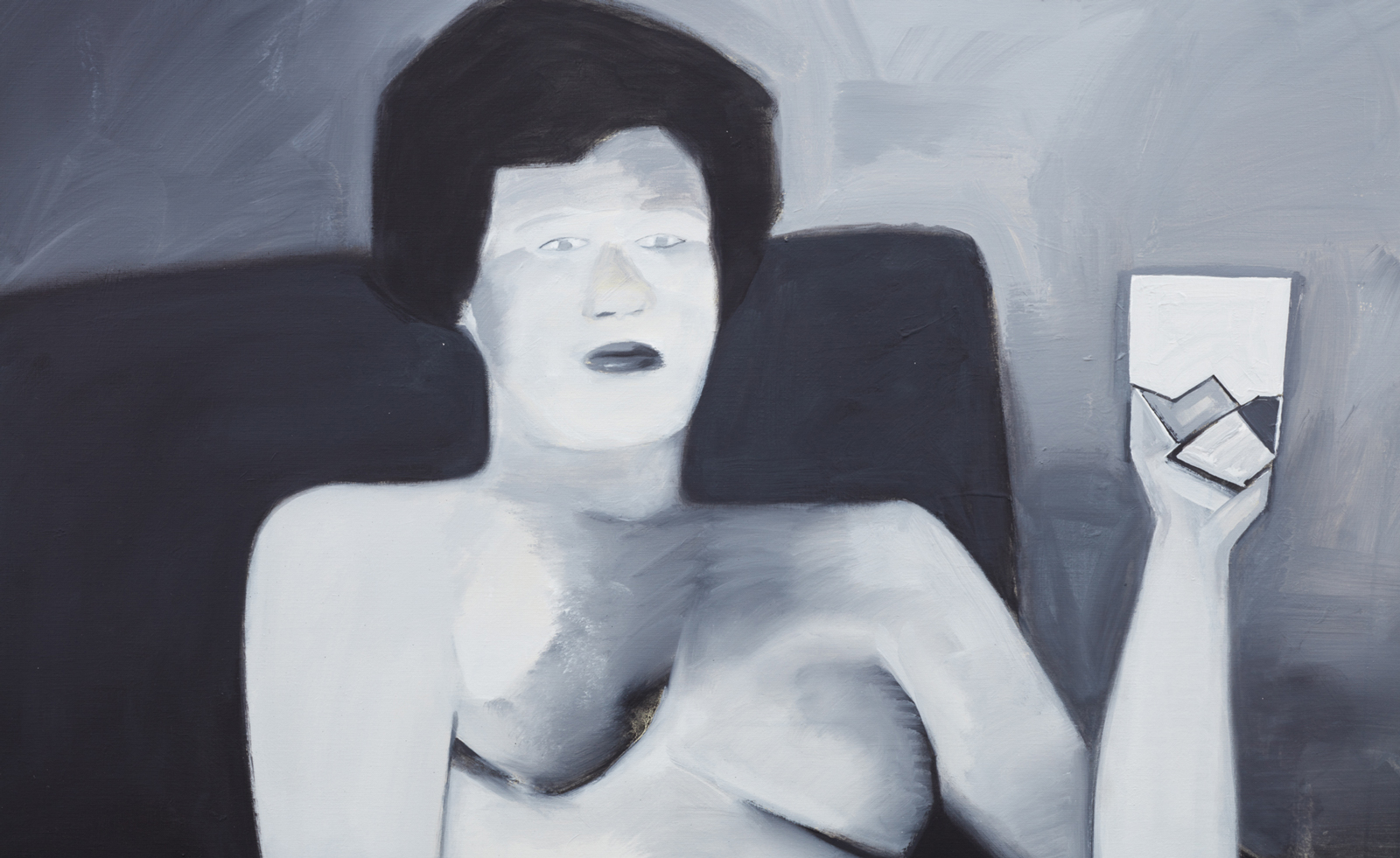 BLUM marks 30 years of Japanese contemporary art in America
BLUM marks 30 years of Japanese contemporary art in AmericaBLUM will take ‘Thirty Years: Written with a Splash of Blood’ to its New York space in September 2024, continuing its celebration of Japanese contemporary art in America
By Timothy Anscombe-Bell
-
 Olafur Eliasson inaugurates Azabudai Hills Gallery in Tokyo
Olafur Eliasson inaugurates Azabudai Hills Gallery in TokyoOlafur Eliasson marks launch of Azabudai Hills Gallery, in Tokyo’s major new district, with a show of elemental strength
By Danielle Demetriou
-
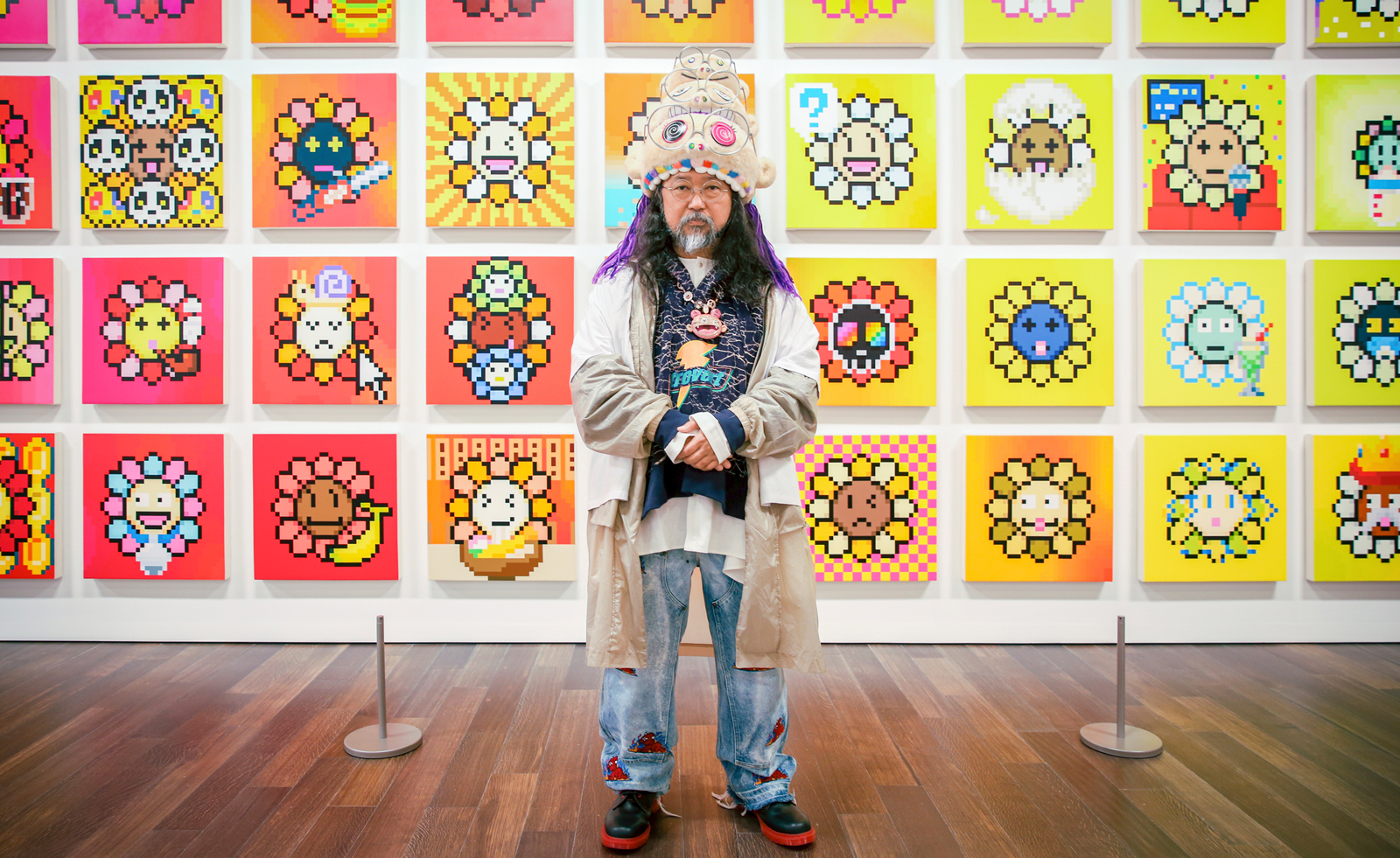 Takashi Murakami on his monsterizing San Francisco show
Takashi Murakami on his monsterizing San Francisco showTakashi Murakami tells us of pandemic-inspired creatures, eye-popping flowers, and NFTs as he explains the making of his exhibition at Asian Art Museum in San Francisco
By Pei-Ru Keh
-
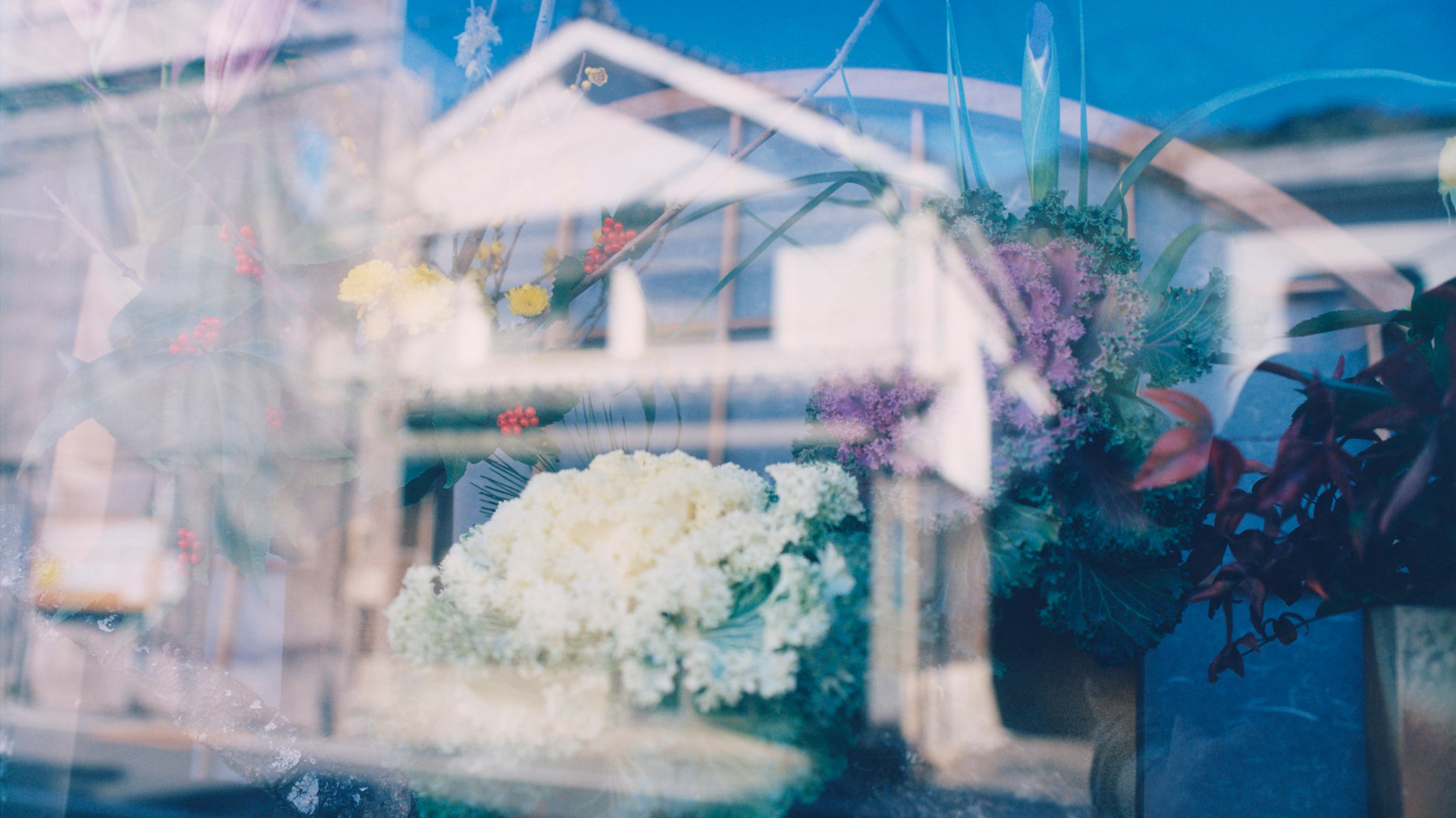 Photographer David Abrahams captures quiet moments in Japan for his new London show
Photographer David Abrahams captures quiet moments in Japan for his new London show‘Kyushu’ is a new show from photographer David Abrahams that documents his trip to a town on the Japanese island
By Mary Cleary
-
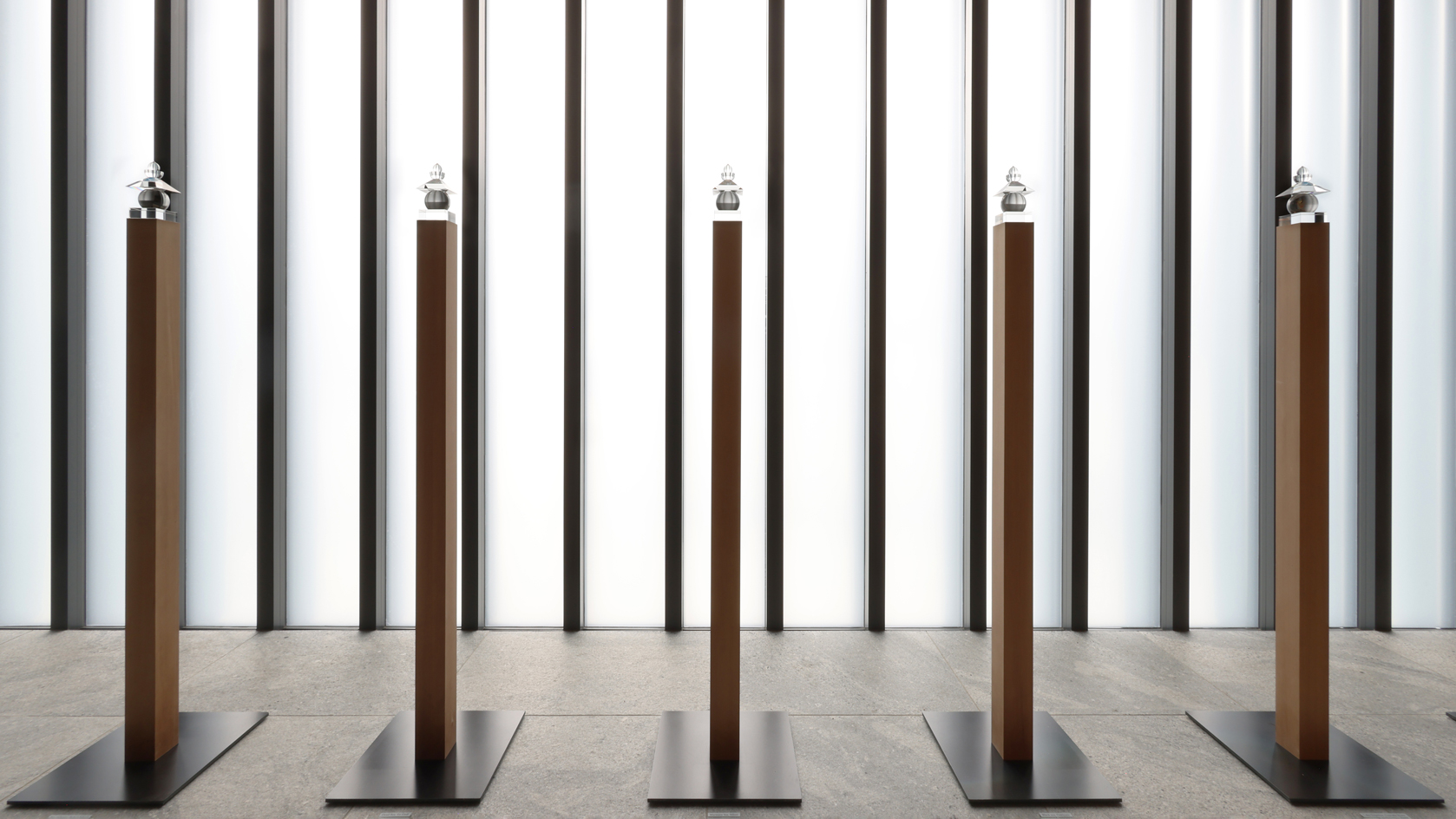 Hiroshi Sugimoto: ‘The deeper I explore Shinto and Buddhist art, the more it reveals the shallowness of contemporary art’
Hiroshi Sugimoto: ‘The deeper I explore Shinto and Buddhist art, the more it reveals the shallowness of contemporary art’‘Hiroshi Sugimoto – The Descent of the Kasuga Spirit’, at the Kasuga-Taisha shrine in Nara, Japan, sees the acclaimed photographer draw on Japan’s spiritual past and present
By Minako Norimatsu
-
 Artist’s Palate: Chiharu Shiota’s recipe for okonomiyaki
Artist’s Palate: Chiharu Shiota’s recipe for okonomiyakiGet tangled up in Chiharu Shiota’s recipe for okonomiyaki, from our January 2023 issue’s Artist’s Palate feature, a Wallpaper* homage to our favourite contemporary art
By TF Chan